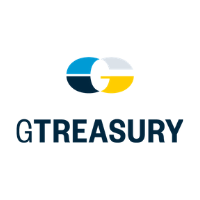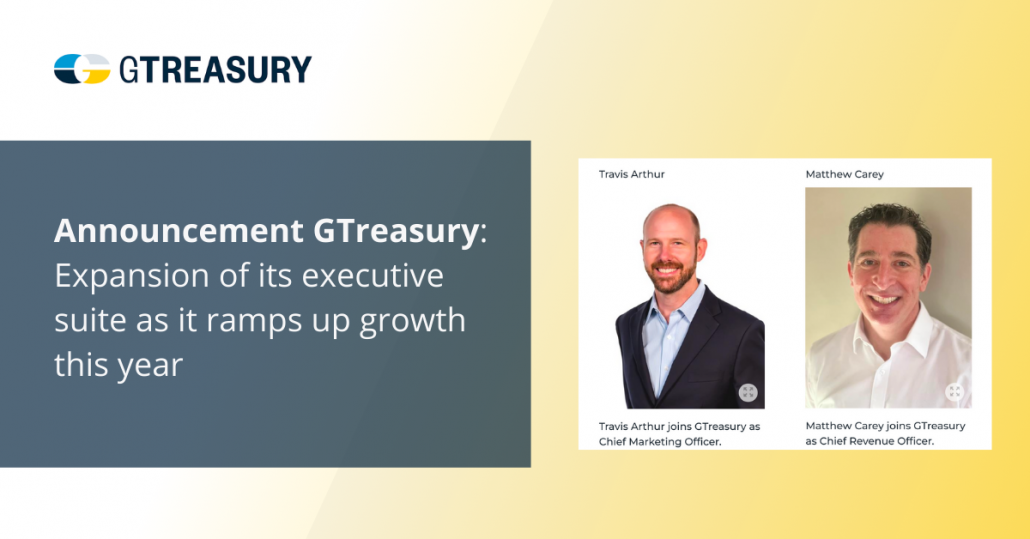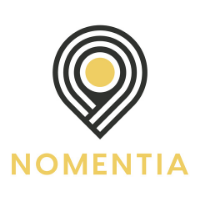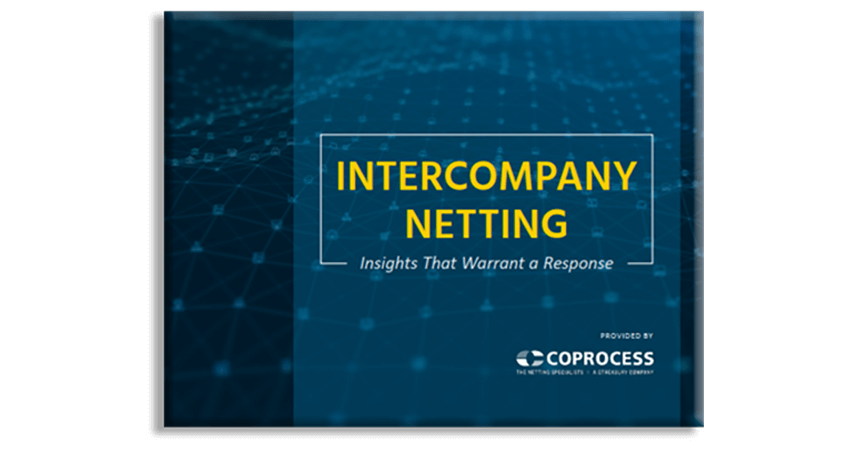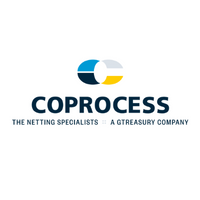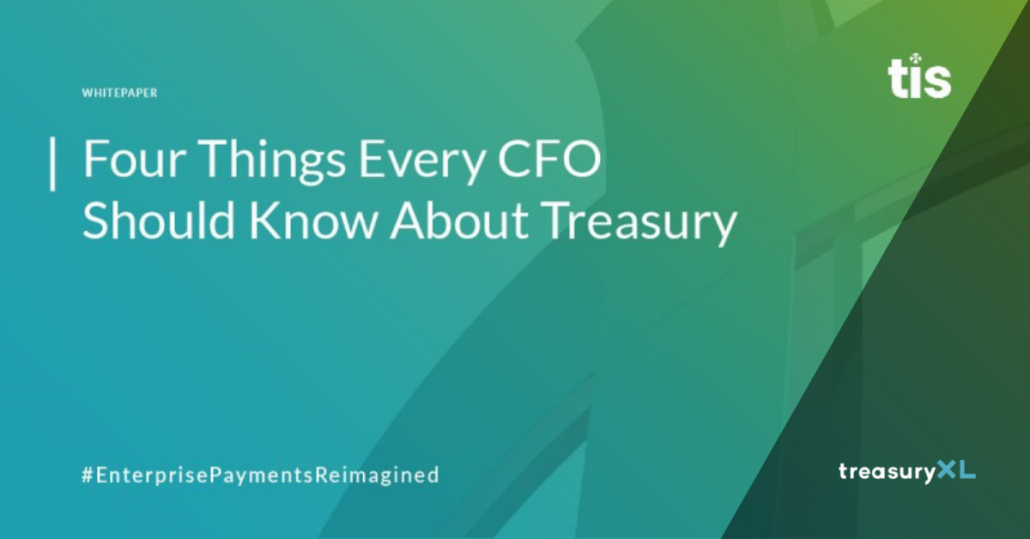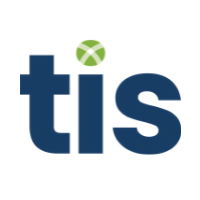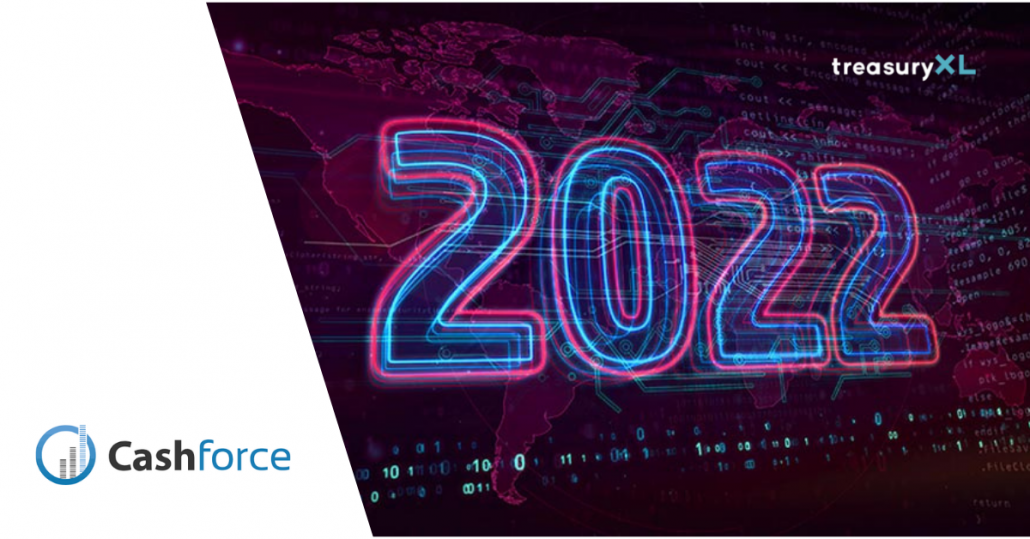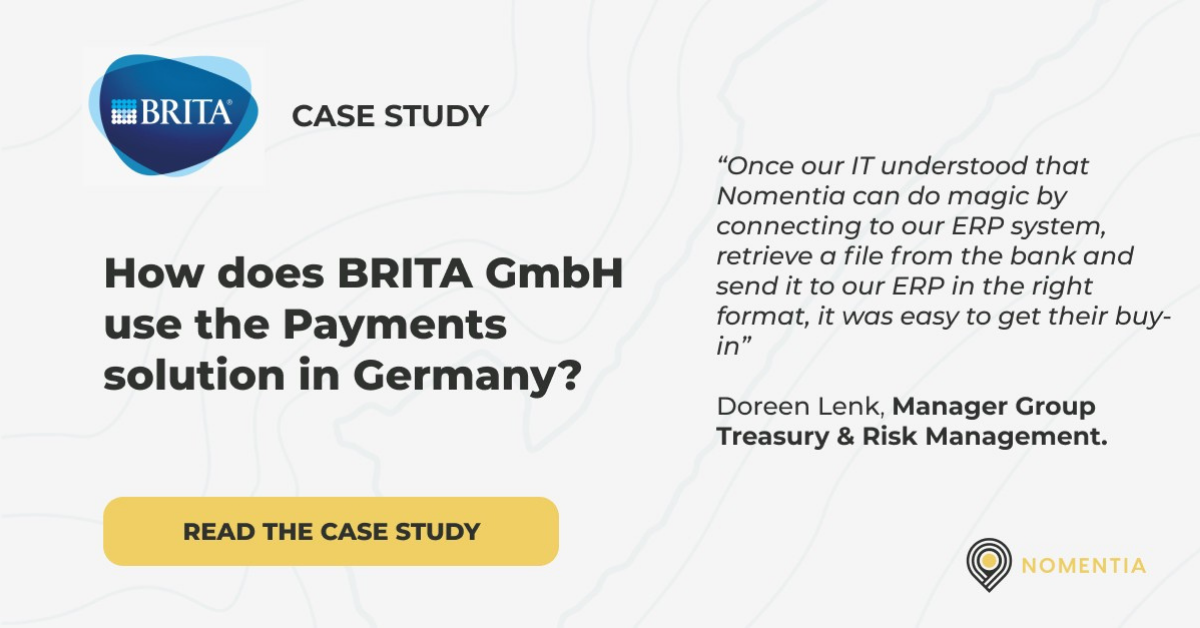11-01-2022 | treasuryXL | GTreasury |
For three decades, GTreasury has stayed ahead of treasurers’ pain points with new innovations in digital treasury.
Together with Strategic Treasurer, GTreasury surveyed hundreds of global treasurers for the 2021 Treasury Technology Survey Report. A must-read for any corporate treasurer, several findings are particularly eye-opening as treasurers (and the office of the CFO) navigate the next era in treasury technology.

In this comprehensive and transparent interview with Michele Marvin, Global VP at GTreasury, she discusses the ongoing evolution of digital treasury, how new acquisitions and partnerships have shaped GTreasury’s treasury technology ecosystem, and some of the most important findings of the recent treasury technology survey.
Read below for Michele’s thoughts to our nine questions.
Introduction Michele Marvin
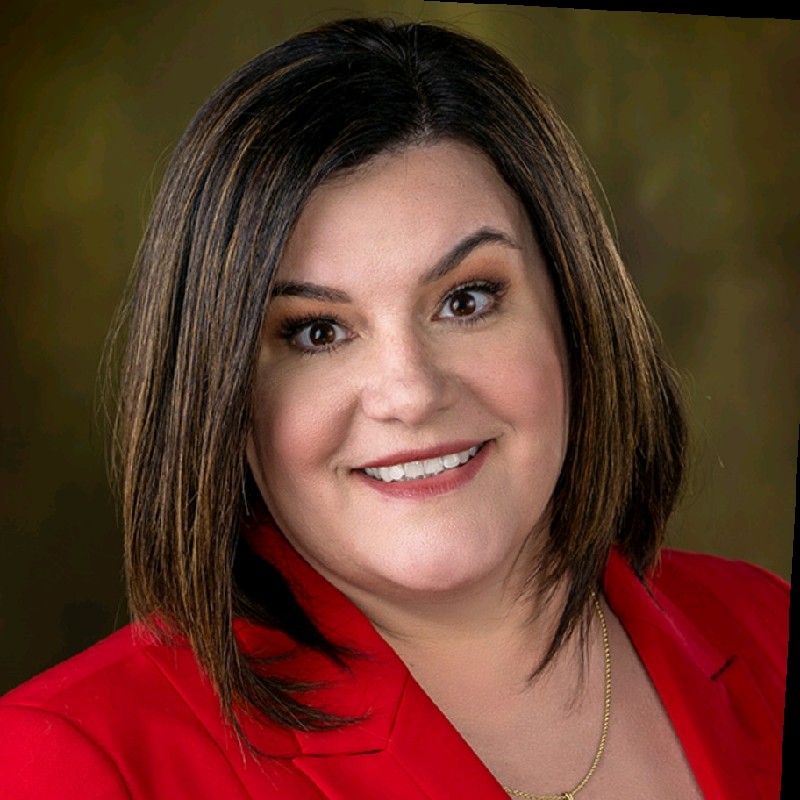
Michele Marvin is a VP at GTreasury, a treasury and risk management platform provider. Prior to joining GTreasury in 2019, Marvin has held leadership roles at several large technology companies, including most recently at Flexera and Zebra Technologies.
INTERVIEW
1. How has GTreasury’s treasury and risk management system evolved with the industry?
GTreasury was one of the first treasury management system (TMS) providers to see the transformative potential of cloud technologies and the future-proof flexibility that a SaaS approach can deliver. Times change but our purpose has always remained the same: modernizing corporate treasury to enable customers to optimize liquidity, manage risk, gain more insight from their data, and maximize their day-to-day productivity. While the tools to accomplish these goals are always evolving, I would argue no one understands what treasurers need to be successful more than GTreasury. We live and breathe digital treasury, and understand that it takes a complete, connected ecosystem to drive true transformation.
2. How would you describe GTreasury’s customer base?
Our platform is used by more than 800 organizations around the world and from across virtually all industries. Customers come to GTreasury either as they leap forward into SaaS-based digital treasury, or when they are seeking to replace alternatives that don’t have enough connectivity into banks and market data resources, don’t have the user experience that treasurers are looking for, or aren’t as advanced in their capabilities (such as AI-fueled cash forecasting).
3. GTreasury has made headlines this year for its acquisitions and partnerships – how have these fit into the company’s roadmap and strategy?
We acquired Coprocess in March 2021, a longtime leader in intercompany netting. As with our previous acquisitions, the deal with Coprocess was spurred by customer feedback for netting capabilities fully-integrated into a treasury management platform, and by our own research. Coprocess brings GTreasury a true multi-tenant, SaaS-delivered solution that’s easy to scale. Users are up and running extremely fast, and it is highly configurable to treasurers’ unique netting process and organizational structures. We’ve also been continuing to make Coprocess a standalone solution for those who want to use intercompany netting outside of a TRMS.
We also recently partnered with Treasury Strategies to add the bank fee analysis technology NDepth into our treasury ecosystem. Corporate treasurers’ biggest expense is often bank fees, but few organizations are able to regularly monitor this expense with the accuracy and insight needed to effect change. With bank fee analysis now powered by NDepth, GTreasury customers have the most powerful bank account management tool, a repository of auditable electronic bank statements, and the mechanisms necessary to help treasurers connect with banks, internal systems, and other third parties.
Strategically, each of our acquisitions and partnerships bolsters the capabilities of our core products and supports further digitalization of the office of the CFO. That’s by design. We want to proactively stay ahead of treasurers’ pain points by providing a seamless, connected, and complete digital treasury experience, and we want to ensure that the right integrations and data access is available to empower the CFO’s office. We’ll continue to make purposeful acquisitions and partnership that support these goals.
4. GTreasury and the treasury consulting firm Strategic Treasurer recently released the 2021 Treasury Technology Survey Report. Before getting into the data itself – who was surveyed?
The survey collected responses to 50+ questions from more than 250 treasurers (with a global sampling). This recent report was really the first-of-its kind to look at how far along organizations are in their digital treasury transformations, the technologies they are most excited about, and where resistance remains.
5. What were some of the key findings that treasurers should pay attention to?
Significant technology adoption is anticipated. Payment factories, treasury aggregators, and TMS solutions are expected to realize 35% to 45% growth over the next two years.
- APIs are becoming must-have capabilities. Seventy-three percent of corporate treasury groups indicated that APIs are critical to their current processes. Machine learning capabilities are also drawing outsized focus from treasurers further along in their modernization initiatives.
- The gap between cash forecasting importance and reality is high. While cash forecasting is very important to 84% of treasurers, only 38% indicate they are performing at a high rate of accuracy.
- Fraud prevention gains a heightened focus. Thwarting fraud is a top focus for 77% when considering the application of new technology in product development. Treasurers also report high demand for incorporating automation into fraud prevention processes.
- Resistance to formats remains. Comparing legacy formats to newer and more enriched formats like XML, treasurers showed surprisingly high levels of resistance to adoption.
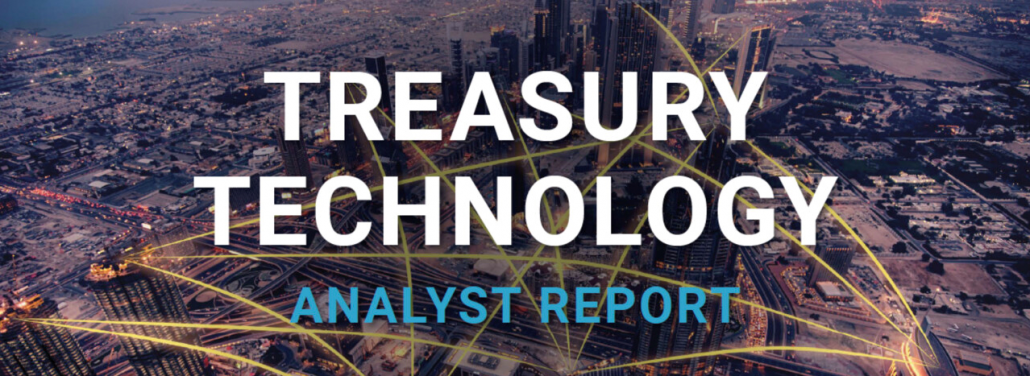
6. What are the benefits that treasury teams are missing out on by still using legacy data formats?
Really the biggest shortcoming of legacy data formats is the formatting itself. Legacy data formats are inconsistent and can vary across different banks. They also store information held in single run-on strings, requiring customers to decipher messy text blobs to understand critical transaction information. Newer formats are far easier to work with. Systems can parse information into separate fields, making information much clearer to users, thus expediting processing and routing.
Treasury teams reap substantial benefits from these formatting advantages, including improved visibility of their cash position, easier cash tracking, and reductions in manual errors. Ultimately, clearer formatting increases operational efficiency, enabling daily reconciliation practices that minimize fraud and accelerate month-end closings.
7. GTreasury is also uniquely connected to how a broad set of treasurers have responded to ongoing pandemic-related business uncertainties. What are a couple stories or trends that have emerged from that research and from speaking with treasurers across the world?
We’ve been working with Strategic Treasurer throughout the lifecycle of its really fascinating and ongoing survey (The Global Crisis/Recovery Monitor), digging into treasurers’ responses to the pandemic. Two trends really stick out to me:
Ongoing economic uncertainty accelerated treasury projects that could add efficiency. In particular, digital automation and process optimization became must-haves as treasurers needed to provide reporting to executives at a faster rate. Most treasurers reported being on the road to more automation and treasury process modernization, but the pandemic kicked those initiatives ahead. Manual slowdowns that might have been tolerable pre-pandemic quickly proved to be a liability.
Cash visibility and forecasting became even more important (and will stay that way). Cash forecasting reporting became a daily event for many treasurers (more often than once-a-day in some cases), as businesses needed to make critical decisions against an ever-changing environment. Even as the pandemic subsides, many treasurers believe the pace and importance of reporting on cash visibility and forecasting won’t revert to pre-pandemic norms. Newer capabilities like AI-fueled cash forecasting (we added SmartPredictionsTM last year) will continue to make these reports more accurate and efficient to produce.
Also, for a specific story on how one of our customers, Canadian Tire, quickly shifted focus from historical data to real-time data because of the pandemic, check out Data-Driven Treasury in Global Finance.
8. Speaking of cash forecasting, GTreasury and Strategic Treasurer also just put the 2021 Cash Forecasting & Visibility Survey. What were some of the key takeaways that treasurers will want to pay attention to?
The report is worth a read for any treasurer (and available for full download here). Among the findings likely to pique interest among treasurers and CFOs are:
- Treasurers want real-time global cash position updating. The majority of treasurers are seeking global cash positions that can update on a real-time or intraday basis, but many report being stuck with weekly (or less frequent) updates. Just seven percent of survey respondents are currently achieving real-time cash position updates.
- The use of AI and ML in cash forecasting is nascent but accelerating. While just 6% of respondents are currently using AI/ML for forecasting, the report indicates that number should swell to 27% of organizations within the next two years.
- More budget is being allotted for treasury and forecasting technology. Over the next year, more than 35% of companies plan “extremely heavy spending” on treasury systems and forecasting.
9. What excites you most about where digital treasury is headed?
Digital treasury ecosystems are rapidly becoming more integrated and more robust. For treasurers, this is enabling unprecedented efficiency. I was just speaking with a customer who leads corporate treasury at an international beverages company – he told me he and his team freed up 40% of their daily bandwidth following a migration to modernized treasury infrastructure. There are night-and-day gains to be made by modernizing treasury processes with the right technology.
The benefit here is that as new tools automate treasury minutiae, CFOs and treasury teams are gaining a free hand to focus on strategy. The role of the treasurer is evolving thanks to this increased capacity, and it’s exciting to see teams exploring new strategic territory where they can contribute and deliver value. Establishing netting processes and ensuring their excellence is a strong example of the advantages digital treasury can enable. Superior risk management along a more extensive time horizon is another. At the end of the day, digital treasury technology enabling improved cost controls and visibility is empowering treasury teams to introduce and optimize financial management processes in entirely new areas, and we’re eager to see it.
Get in touch with GTreasury to learn and explore more, click below.
